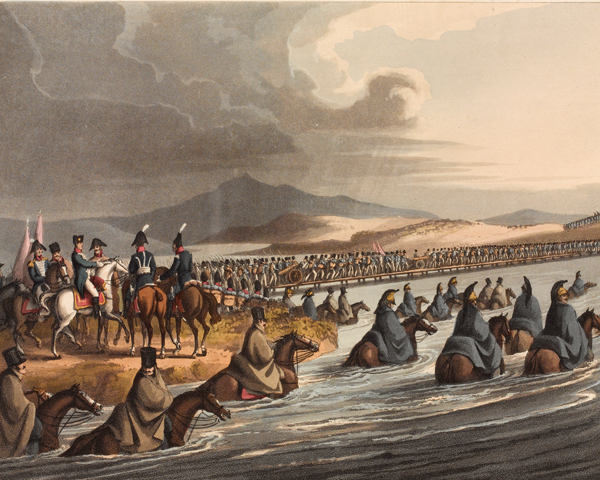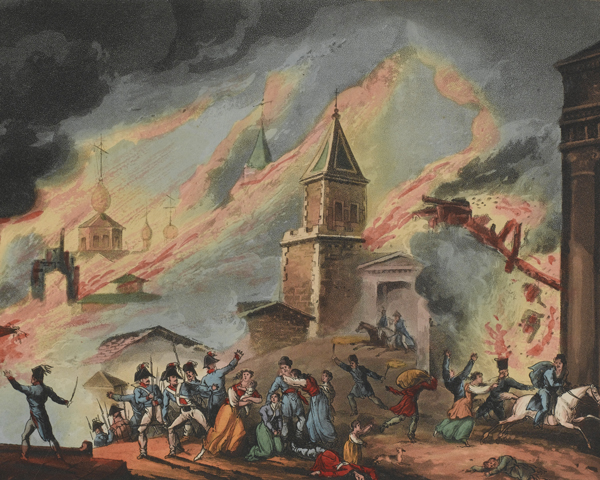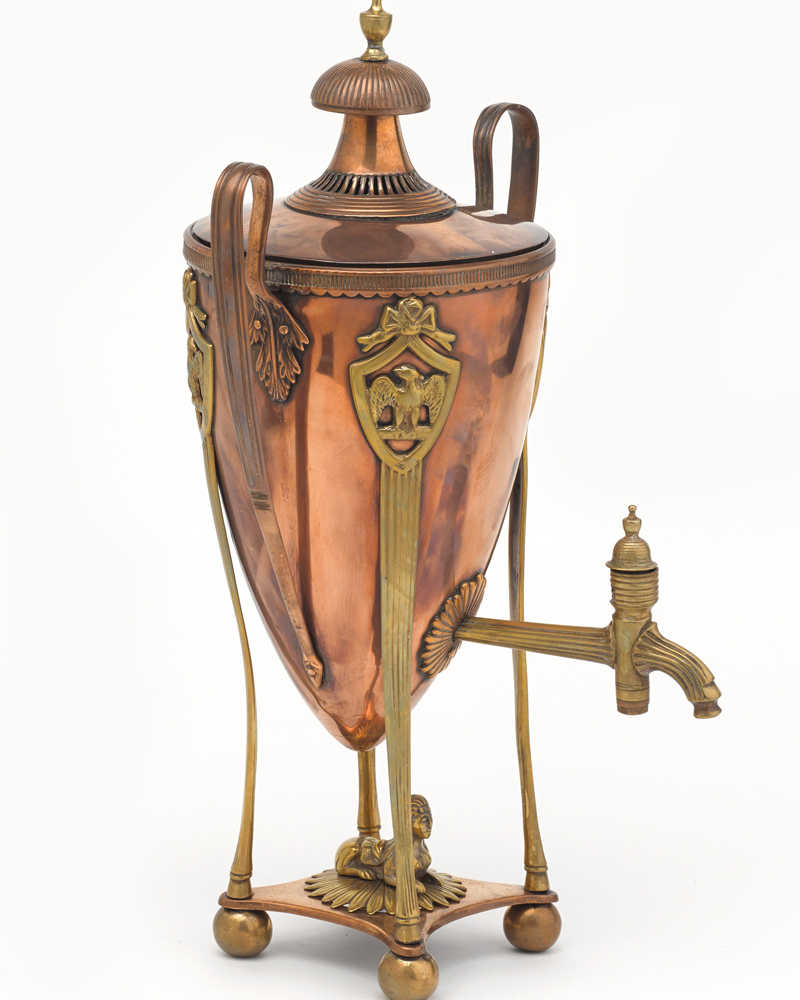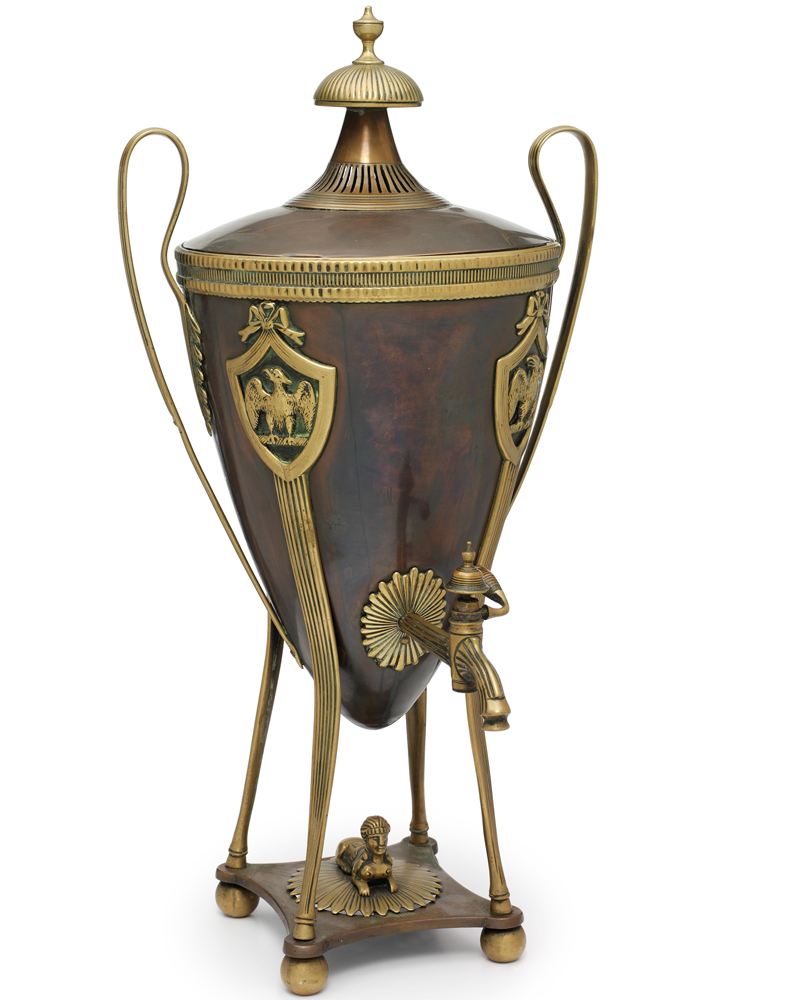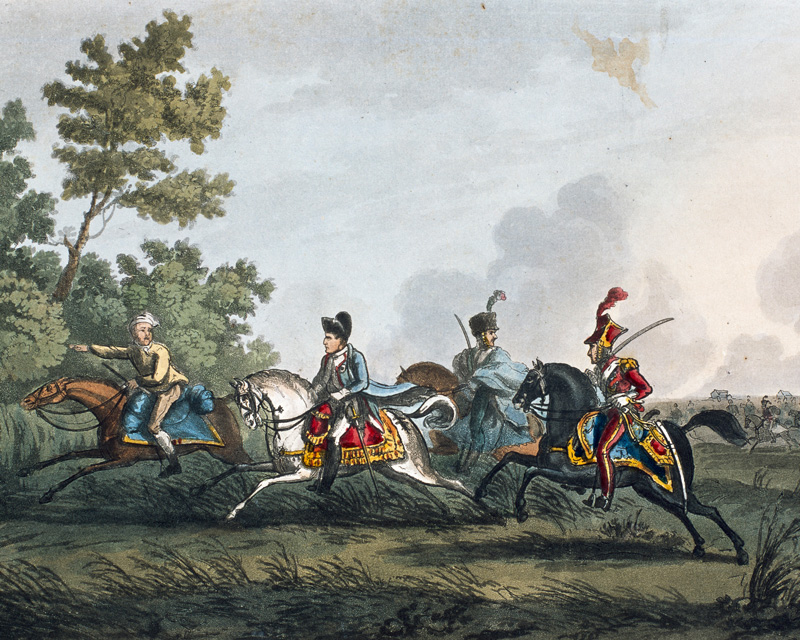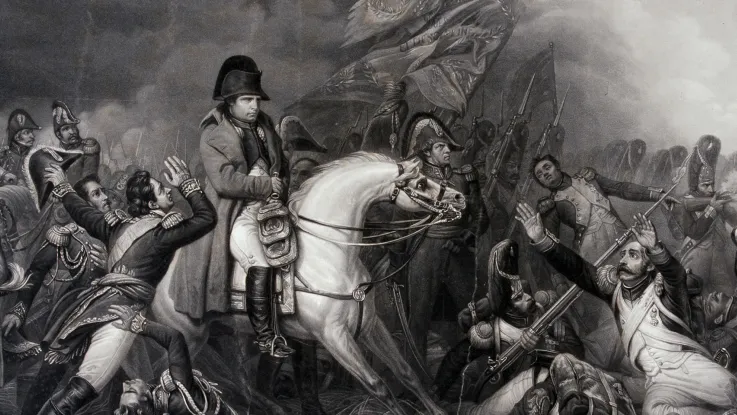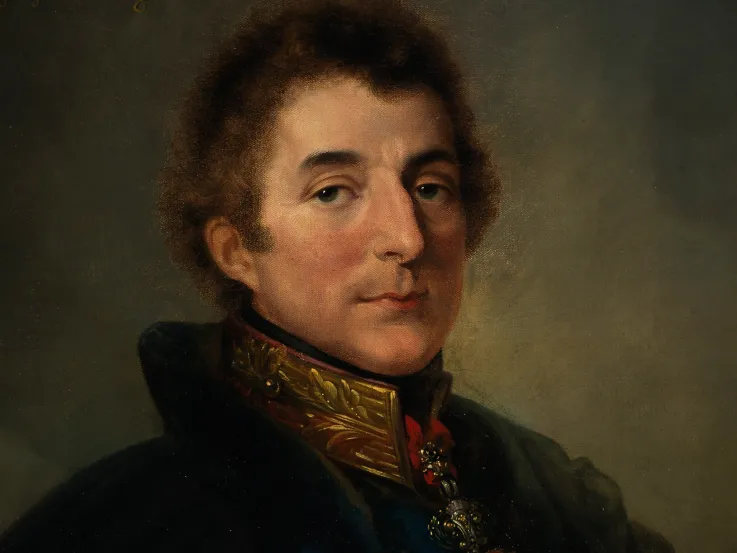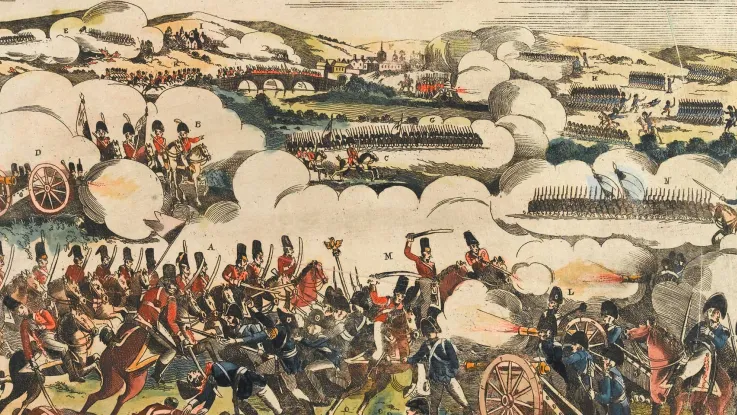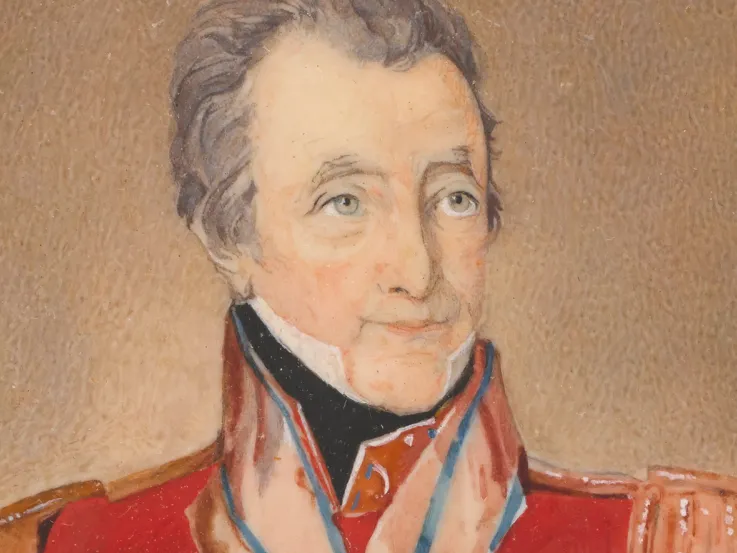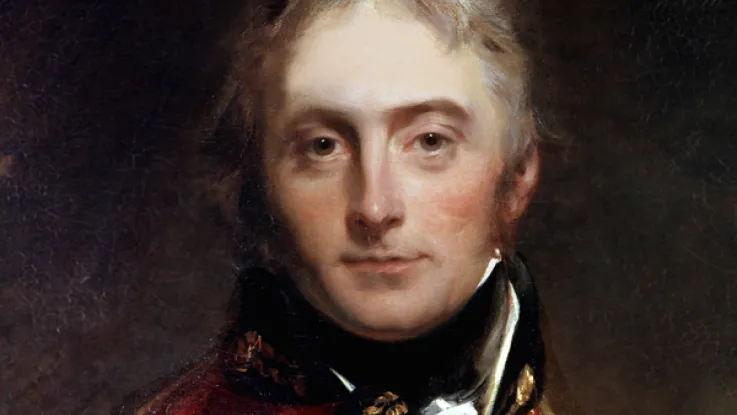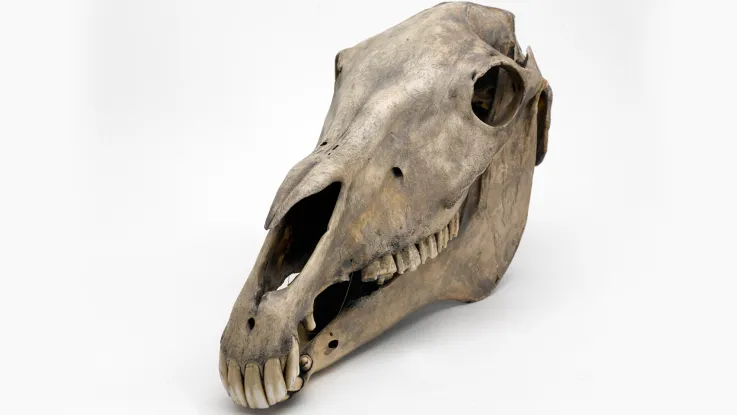Grande Armée
In June 1812, Napoleon Bonaparte launched his Grande Armée into a disastrous invasion of Russia. With nearly 500,000 men, Napoleon crossed Western Russia fighting many minor engagements and marching towards Moscow.
As the Russian army fell back, it applied scorched-earth tactics, burning villages, towns and crops and forcing the French to rely on a supply system that was incapable of feeding their large army.
Napoleon finally engaged the Russians at the Battle of Borodino (7 September 1812). It was the costliest single day of the Napoleonic Wars (1803-15) with over 70,000 casualties. The Russians withdrew the following day, leaving the French without the decisive victory Napoleon sought. The French suffered heavy losses but lacked reinforcements to replace them.
Retreat
A week later, Napoleon entered Moscow, finding it abandoned and burned. With no signs of the Russians suing for peace, and with winter closing in and his men low on supplies, Napoleon was soon forced to retreat. He was harried by the Russians all the way.
In mid-December, the French crossed the River Memel, Russia's border with East Prussia. By then, only around 20,000 troops remained of the nearly half a million who had invaded.
Napoleon was forced to abandon his army and return to Paris to protect his power base from plotters. He was pursued by the Russians, who were later joined by the Prussians and Austrians, breaking their imposed alliances with France.
Tea
An unforeseen by-product of Napoleon's failed expedition to Russia was his army's exposure to the Russian method of tea making.
Tea had been introduced to Russia in the 1600s, when a new Chinese ambassador gifted several chests to Tsar Aleksey Mikhaylovich Romanov.
The Russians imported various aspects of tea brewing from surrounding cultures. This included the use of the samovar: a ceramic boiling pot - based on the Tibetan hotpot - which also served as a heater.
On the frozen Russian steppes, it became the practice to drink strong, dark brews (zavarka) sweetened with sugar, jam or honey. It was usually sipped from a tea glass (podstakanniki) with metallic holders or handles to protect the drinker’s fingers.
Tea drinking soon developed into a social ceremony. Groups of people would sit around the samovar - which in Russian means 'self-boiler’ - conducting business and chatting while sipping glasses of hot tea.
Samovars
In several Central Asian cultures, the samovar evolved into a more elaborate tea-making device. It usually featured a metallic urn, supported by legs, with insulated handles, a cover and steam-vent, and often a tap.
Hot coals, charcoal or burning pinecones were placed into an internal heating chamber. This connected to a chimney to release hot gasses. The heated air passed through a pipe inside the main water chamber, heating the water. The boiling water then rose to a second kettle chamber in which the tea was brewed.
Samovars were usually crafted from copper, brass, bronze, silver, tin or nickel. Ornate decorations in ceramic, glass, gems or precious metals are often seen on examples from Turkey, Iran and Russia.
Napoleon’s urns
The National Army Museum holds two fine examples of samovars that belonged to Napoleon. Both are made from copper and brass, with bodies shaped as inverted tear drops, featuring two brass handles. They are supported by four ball feet, joined by a concave-sided square plate, surmounted by a sphinx. Badges at the top of each of their four legs depict the French Imperial Eagle.
Although the maker is unknown, both were probably produced in France in early 1815. They may have been made specifically for Napoleon when he reformed his armies following his return from exile on Elba, and carried by him during the Hundred Days (20 March to 8 July 1815).
Waterloo
Towards the end of the Battle of Waterloo on 18 June 1815, Napoleon’s battle formations began to disintegrate and he was forced to flee the field. In his haste, he abandoned his diamond-laden carriage and baggage train, both of which were looted by victorious British and Prussian troops.
As Field Marshals Blücher and Wellington met to salute their mutual victory at La Belle Alliance, it is believed that some of those British troops captured the samovars as spoils of war.


